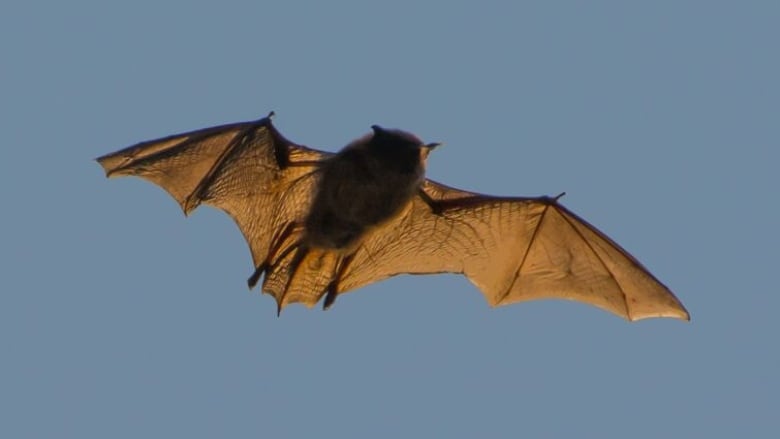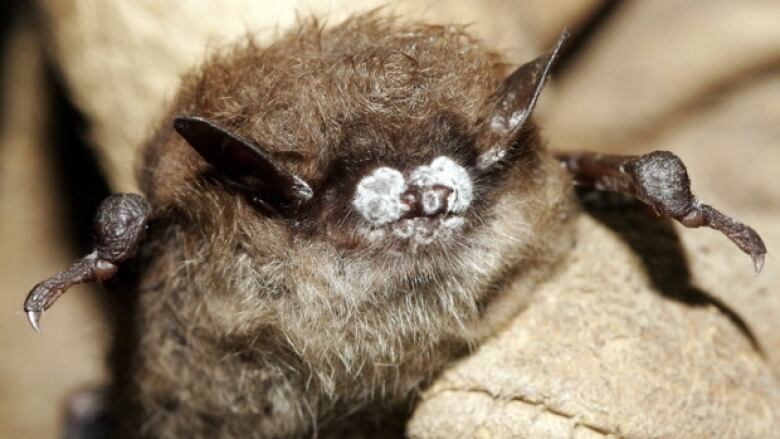Bat hotline established in P.E.I. to gather sightings from the public
Islanders encouraged to call in any bat sightings and to get professionals to remove animals from buildings

A new initiative by the Canadian Wildlife Health Cooperative has been launchedin hopes of preventing a further decline in the bat population.
People on P.E.I. and in Newfoundland and Labrador can call a toll-free number to report bat sightingsand get help removing the animals from their property.
Tessa McBurney, the Atlantic bat conservation project technician with the CWHC,saidboth species of bats native to P.E.I. the little brownbat and the northern long-earedbat are endangered and hopes the new program will help people see bats as friends rather than foes.
"Our number one focus is to help with bats in buildings on P.E.I.," she said. "This means that if people are finding bats in buildings, we want them to go through the appropriate measures to deal with those bats, we don't want more animals that are already endangered for their population to be further impacted by people removing bats inthe wrong way and hurting the bats."
She noted bats need to be removed by professionals and at the right time in order to not affect their population. It's a complex and time consuming process because bats can fit into such small holes and those will all need covering up.
Bats help farmers' crops
In recent years, Atlantic Canada's bat population has been severely impacted by the fatalfungal disease white-nose syndrome, which grows on the muzzles and wing membranes of bats in the winter when they're hibernating.

McBurneysaid bats are useful as they eat many of the insects that feed on farmers' crops and there's no other animal to replace what they do, meaning farmers might have to use more pesticides if the bat population continues to decline.
She said people who want bats around can attract them with bat housesand by planting native plants that will attract insects the bats feed on.
"I just really hope that through this phone number, people will start to foster a positive public perception for bats and really start to appreciate the value that bats bring to our society and our environment."
The toll free number is 1-833-434-BATS (2287).
- MORE P.E.I. NEWS |Dumville's resignation: what it means, and how it looks for the Liberals
- MORE P.E.I. NEWS |Live bus routes for Charlottetown are coming to your phone
With files from Malcolm Campbell












_(720p).jpg)


 OFFICIAL HD MUSIC VIDEO.jpg)
.jpg)



























































































